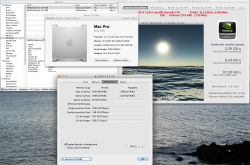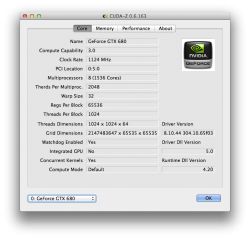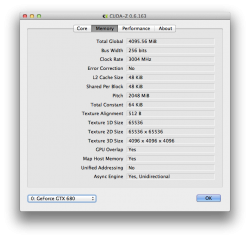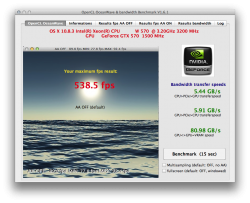To flash the BIOS, download the latest version of nvflash
extract the nvflash files to C:\
save the BIOS file to C:\
open elevated cmd window (hit start button, type "cmd", right click cmd icon, run as administrator)
change directory to C:\ (type " cd C:\ " )
OPTIONAL: type " nvflash --protectoff " then hit enter (turns off any error msg that may result from software write protection)
BACKUP ORIGINAL BIOS: Type " nvflash -b backup.rom " and a copy of your bios will be saved to the nvflash directory
type " nvflash -4 -5 -6 680L_UnlockedBIOS.rom "
wait for it to finish
reboot





